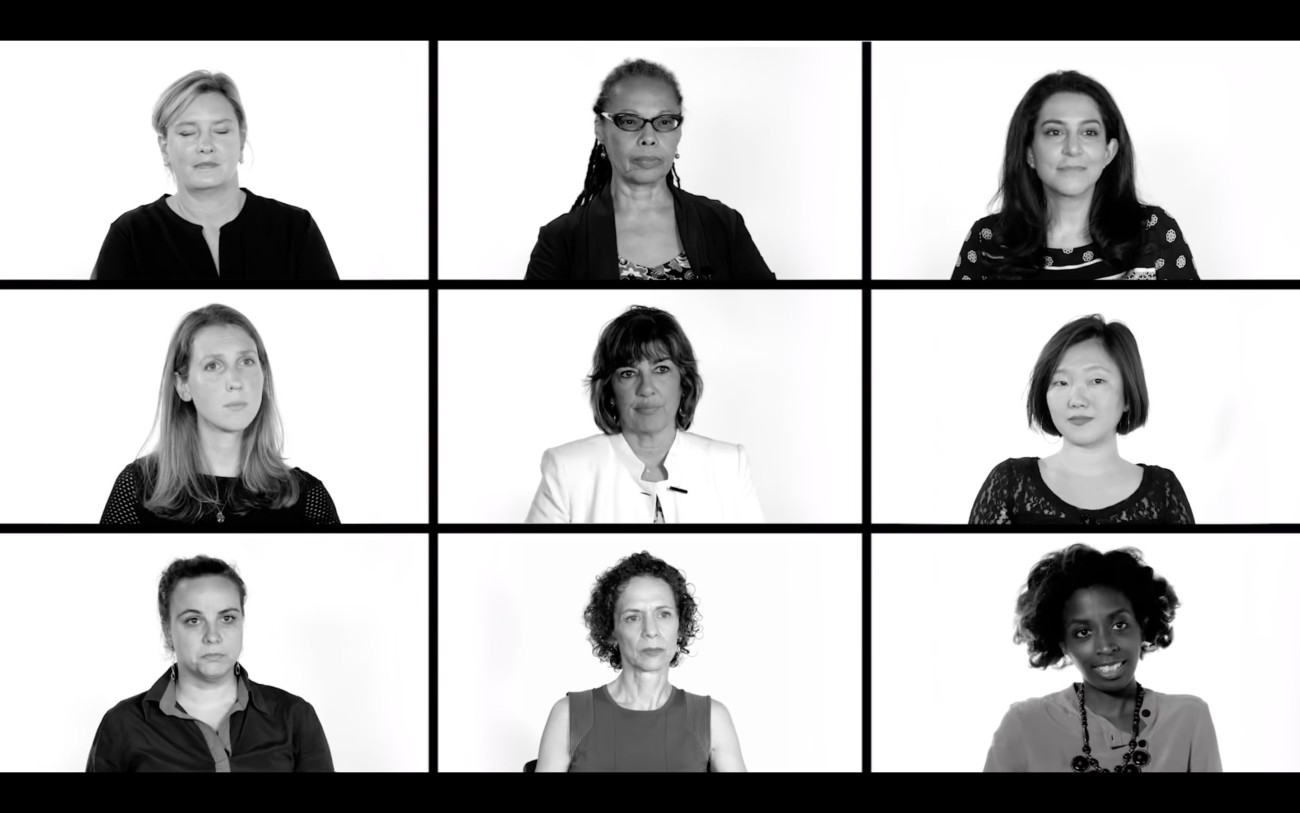When the remains of Kim Wall’s body washed ashore in Denmark this summer, the anxieties and fears of female journalists were put into stark, heartbreaking tangibility. Wall had traveled the world as a freelance reporter, ventured into dystopian political terrain and crumbling cities, but it was in Copenhagen, a city not far from the Swedish town where she grew up, and on a reporting trip that should only have cost her a few hours, that she lost her life.
On the night of August 10, Wall set out on the UC3 Nautilus, a homemade submarine built by Danish inventor Peter Madsen. The last pictures taken of Wall show her atop the vessel with Madsen, smiling for the camera as the pair prepared to depart for an evening voyage around Koge Bay. She was reported missing the next day, and on August 21, a dismembered torso was found on a nearby beach that was later confirmed through DNA analysis to be hers.
ICYMI: ‘She was alive in ways that most of us can only dream of being alive’
The story has been widely reported for its unique horror, but also because it taps into a fundamental reality for female journalists, who often must put themselves in environments women are told to avoid. For women, reporting risks come not only in the form of stray artillery fire and government persecution, but in being alone with men.
In response to Wall’s death, and the avalanche of sexual harassment allegations that have pockmarked the industry since, the Dart Center for Journalism and Trauma asked nine leading female journalists to talk about their experiences reporting in dangerous situations, and for advice on how to stay safe in the field. The Dart Center, which is based out of Columbia’s Journalism School, released those interviews on Wednesday in a video titled “Let’s Talk: Personal Boundaries, Safety & Women in Journalism.”
Marcela Gaviria, a journalist and filmmaker at Frontline, advises arriving early to scheduled meetings with sources to survey the scene. If the location is a hotel room, investigative journalist Azmat Khan suggests asking room service to bring coffee or tea several times an hour, ensuring regular knocks on the door. In any situation, if you find yourself questioning your intuition, stop, says Judith Matloff, who teaches conflict reporting at Columbia. Don’t offer benefit of the doubt. Don’t participate in flirtatious games in an attempt to deflect. Don’t be afraid to be assertive. Most importantly, when possible, don’t go alone.
The video raises important considerations for anyone working in media. The industry has spent the past two months spotlighting the longtime epidemic of workplace harassment and assault, but it has yet to focus much of its energies on systemic solutions, in part, perhaps, because the problem is so indelibly linked to culture.
“What we’re asking for, what we need, is a fundamental shift in how men behave, and how men relate to women, not just in journalism but in general,” says Alexis Okeowo, a staff writer at The New Yorker. “I think that it’s great women are coming out and telling their stories of dealing with these experiences, and we can all connect on that basis, but at the same time, we’re not the ones who need to change.”
Christie Chisholm is a CJR senior editor. Follow her on Twitter at @c_chisholm.

